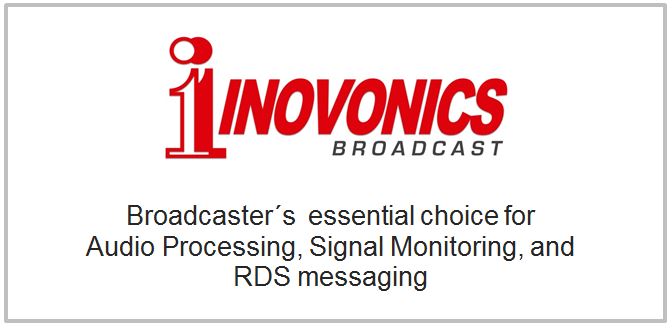Dynamic RDS/RBDS Encoder
Model 713
Dynamic RDS/RBDS Encoder
Share on Facebook Share on Twitter
THIS PRODUCT IS NO LONGER IN PRODUCTION.
The model 713 incorporates all the features of our field-proven Model 712, but additionally gives dynamic, on-the-fly programming access via a local network (or even the Internet!) with its built-in TCP/IP interface. This connectivity permits full integration of RDS/RBDS transmissions with the station’s other networked functions, including message streams for digital radio and Webcasting.
Front-panel USB access further simplifies programming of all static RDS/RBDS information. The Inovonics 713 is a full-function encoder with features and performance that match or exceed those of European design.

